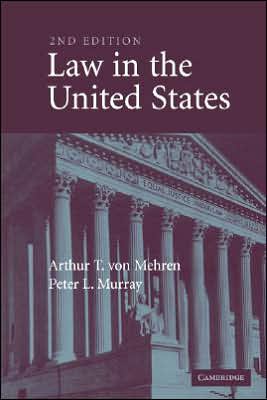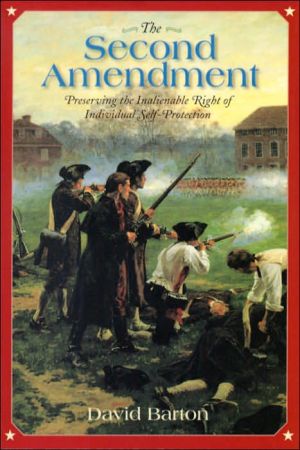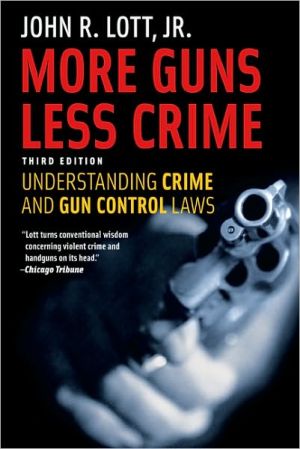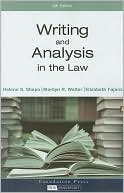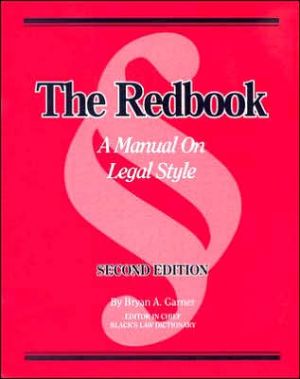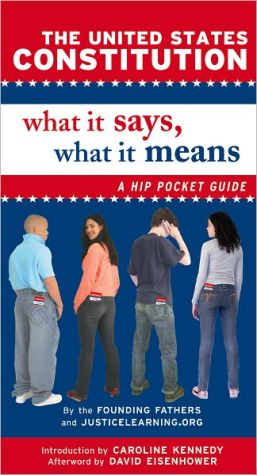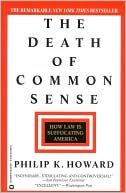Law in the United States
Law in the United States, Second Edition, is a concise presentation of the salient elements of the American legal system designed mainly for jurists of civil law backgrounds. It focuses on features of American law likely to be least familiar to jurists from other legal traditions, such as American common law, the federal structure of the U.S. legal system, and the American constitutional tradition. The use of comparative law technique permits foreign jurists to appreciate the American legal...
Search in google:
This book is about the American legal system for jurists of civil law backgrounds.
Preface xiiiThe Sources of American Law 1Historical Roots 1Allocation of Authority to Create and Adapt Legal Rules and Principles 5The Judicial Decision 7Legislation 14Court Rules 19Secondary Sources 20Finding American Law 23American Common Law 27The Two Western Legal Traditions 27The Reception of the Common Law on the North American Continent 32The Post-Revolution Development of American Law 35Common Law Reasoning and Analysis 40Public Policy and Legal Decision Making 40Precedent and Case Distinctions 42Overruling and Departing from Precedent 45American Common Law at the Beginning of the Third Millennium 46An Example of the Common Law in Action 47Comparative Perspectives on American Contract Law 71Looking at Law Comparatively 71Comparative Law Methodology 72Contract Law - Offer and Acceptance 76The Common Law of Offer and Acceptance 76Comparative Analysis 78The Doctrine ofConsideration 82The Common Law Doctrine of Consideration 83The Problem of Unenforceability, Relative and Absolute 85Delineating Transaction Types Unenforceable in Their Natural or Normal State 86Classifying Individual Transactions to Determine Whether They Fall Within an Unenforceable Transaction Type 87Determining and Devising Extrinsic Elements Capable of Rendering Enforceable Otherwise Unenforceable Transactions 93The Problem of Abstractness 97The Screening of Individual Transactions for Unfairness 98Conclusion 99American Federalism 103The American Governmental Scene Prior to the Constitution of 1789 104The Federal System Established by the U.S. Constitution 105The Spheres of Federal and State Authority - Interstate Commerce 108The Federal and State Judicial Systems 116Interaction between the State and Federal Systems of Justice 120American Federalism Compared 131American Constitutional Law and the Role of the United States Supreme Court 134Introduction 134The Supreme Court's Threefold Role 137The Supreme Court's Institutional Character 138The Founding Fathers' Understandings Respecting the Supreme Court's Role 140The Court as Balance Wheel of the Federal System: The Commerce Clause 145The Court as Guardian of Individual Rights 146The Court as Arbiter of the Allocation of Powers among the Branches of the Federal Government 149The Court's Standing in American Society 154American Constitutional Law Compared 159American Civil Justice 162The Role of Civil Justice in American Society 162Civil Procedure and Adversarial Legalism 165American Civil Procedure and the Continuous Trial 167Fundamental Principles and Basic Institutional Arrangements 168The Significance for First-Instance Procedure of Concentrated Trials 170Further Procedural Characteristics Associated with Concentrated and with Discontinuous Trials 174Civil Justice as Punishment? 179Collective Litigation 182American Criminal Justice 187American Federalism and Criminal Law 189Criminal Constitutional Review 191The Adversary Criminal Justice System 194The Prosecution Function 196Criminal Justice and Jury Trial 200The Death Penalty in the United States 202American Trial By Jury 206Historical Background of American Jury Trial 206The Jury as Fact Finder and Case Decider 209Selection and Composition of Juries 209Function of the Jury at Trial 213Rules of Evidentiary Admissibility 216The Application of the Law in Jury Proceedings 219Jury Deliberations 220Accountability of the Jury and Review of Jury Determinations 222The Role of the Judge in Jury Trial 224The Role of Lawyers in Jury Trial 226The Future of American Trial by Jury 227Choice of Law, International Civil Jurisdiction, and Recognition of Judgments in the United States 231Introduction 231Choice of Law 233Recognition and Enforcement of Foreign Judgments 237Jurisdiction to Adjudicate 241European-American Problems of Discovery and Taking of Evidence Abroad 246The American Legal Profession 249American Legal Education 251The American Law School 252The Law School Curriculum 254American Legal Pedagogy 256Clinical Legal Education and Law Reviews 258Examinations and Grading 260Transitions to Law Practice 261Admission to the Bar 262The American Legal Profession 263Private Law Firms 264Bar Associations and Regulation of the Bar 265Legal Aid and Access to Justice 266Lawyers' Fees and Compensation 268The American Judiciary 269The United States and the Global Legal Community 273The American Legal System in World Context 274American Private Law in the Modern World 278American Litigation Abroad 282American Public Law and the Modern Democratic World 285America and the World Language of Law 287American Legal Culture on the World Scene 288America and World Public Law 291America and the Legal World of the Future 294Index 299
